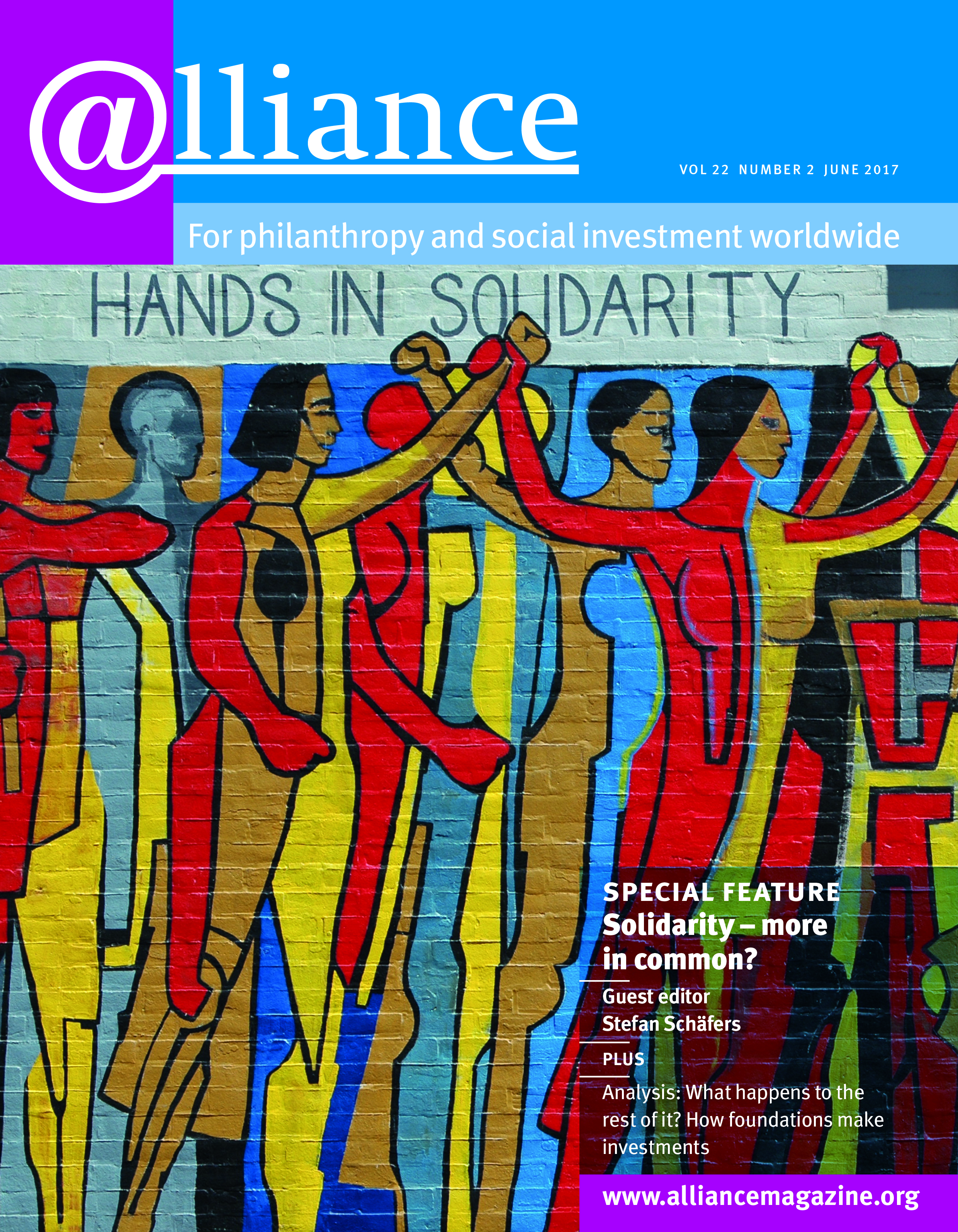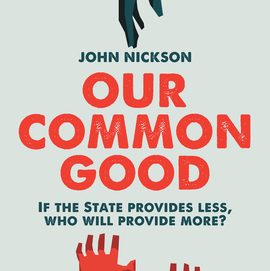Reviewed by Juliet Valdinger.
This book is an incredible compendium of essays covering a wide field of knowledge in what some feel is a nascent sector (which it is not). As ‘philanthropy is becoming transnational, creative in the vehicles for giving and community mobilizing, and transparent as never before’ (p28), it is time for society to recognize the potential of philanthropy and implement the multi-faceted tools that will bring its benefits to light.
 The introduction is eloquent and engaging, setting the scene well to inform the reader what is ahead. It (subconsciously) encourages us to fill up the kettle to its maximum, get out a bunch of pencils and post-its and prepare ourselves for a couple of hours of insightful discussions and thought-provoking suggestions.
The introduction is eloquent and engaging, setting the scene well to inform the reader what is ahead. It (subconsciously) encourages us to fill up the kettle to its maximum, get out a bunch of pencils and post-its and prepare ourselves for a couple of hours of insightful discussions and thought-provoking suggestions.
The overall structure of the book is clear, with a culmination of thoughts and discussions about how philanthropy presents across different cultures, its motivations, usage, management, assessment, and future. Covering 32 chapters and complementary vignettes, produced by a diverse and international range of individuals, the scale of this work strikes me with awe.
The rigour of the academic discipline highlights that the information shared comes from authors who are well-read and the chapters are a collation and analysis of their thoughts.
One of the key challenges in the philanthropy space is the lack of clarity in the ‘jargon’ commonly used. Some might say ‘impact investment’ is separate from philanthropy language.
However, as a reviewer, I believe that terms such as impact investment, social investment, social impact investment, social impact bonds, corporate philanthropy, corporate social responsibility, venture philanthropy et al certainly do fall within the scope of philanthropy.
Philanthropy is like the sea – a big space with lots of different creatures all striving to achieve social change, but naturally, the ideologies of how that change is created will vary (this is a personal metaphor and not one proposed by the editors of this book). The Companion describes a good percentage of sea-life creatures.
I welcome the fact there is a vignette at the start of each section. It puts things in context before you ask ‘is it worth my time to read this?’ In some parts, the style of writing in the vignettes does differ noticeably from the following chapters written by academics, which have greater prose and depth in their discourse.
However, if philanthropy is going to be successful it must reach out to a multitude of parties and we must accept some varieties of style, embracing the diversity of value it will bring.
Although I would never have thought to use the word ‘uber’ and ‘donor advised funds’ in the same sentence, the intersection in chapter 32 is a thought-provoking metaphor for how philanthropy responds to inequalities in the power relationships between funder and funded party, new innovative ideas and technology tools, the ever-increasing need for transparency and accountability, and the challenge for philanthropy to ‘up its game’.
With such a breadth of insight, I note only two small additions that would enhance a second edition. First, I applaud the editors for doing what academics should do as standard practice, and acknowledging their limitations in the introduction as it is made clear that the chapters focus primarily on financial contributions rather than voluntary work or contributions of other resources.
Perhaps this topic could have been written as a short chapter in itself to stem any criticism that the book has left out other key channels used to benefit the people on the ground.
The second is that while academics are the intended audience, even academics need to breathe. The book is incredibly dense with information, which is very much of value to anyone who wants to structure their thinking about philanthropy within an intellectual framework. However, perhaps images or coloured graphs or charts would have made it more readable.
Simply put, I wish a book of this sort had been written several years ago at a time when I would have been able to absorb the multi-disciplined philanthropy world before the start of my study and work in this space. But hey ho. Although it is written with academics in mind, practitioners (and academics at the start of their practice) should not look at this heavy book with fear. It will become the philanthropy bible of its time.
Juliet Valdinger is a philanthropy consultant. Email juliet.valdinger@gmail.com
About the book
Edited by: Tobias Jung, Susan D Phillips and Jenny Harrow
Published by: Routledge
Price: £120
ISBN: 9780415783255
To order: routledge.com




Comments (0)